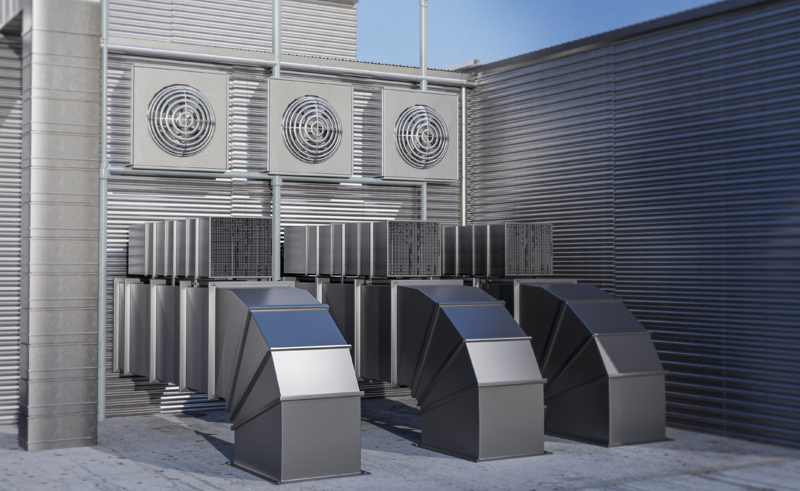
Posted by admin
As the world continues to shift towards sustainable living and energy efficiency, the inclusion of Energy Recovery Ventilation (ERV) and Heat Recovery Ventilation (HRV) systems in new home builds has never been more essential. These advanced systems offer superior air quality, energy efficiency, and overall comfort, making them a crucial feature for large home builders. This article aims to educate builders on the importance of ERV and HRV systems, highlighting why they are a must-have in contemporary home construction.
Today’s tightly sealed, energy-efficient homes can unfortunately trap pollutants indoors, leading to poor air quality. ERV and HRV systems address this by continuously exchanging stale indoor air with fresh outdoor air, effectively reducing pollutants like dust, allergens, and other airborne particles. This continuous ventilation ensures a healthier indoor environment, a significant selling point for potential homeowners concerned about their family’s health.
Energy efficiency is a critical consideration in modern home design. ERV and HRV systems recapture the energy from the outgoing air to precondition the incoming fresh air, significantly reducing heating and cooling costs. This energy recovery process can save homeowners up to 50% on their energy bills, making these systems an attractive feature for environmentally-conscious consumers and those seeking long-term cost savings.
Maintaining a comfortable indoor environment is about more than just temperature control; it also involves managing humidity levels. ERV systems excel at this by transferring moisture along with heat. During winter, the system reduces the dryness of the incoming air, while in summer, it helps to lower the humidity of the incoming air, contributing to a more comfortable living environment year-round.
As building codes continue to evolve, many overseas now require balanced ventilation in new constructions to maintain indoor air quality. Incorporating ERV and HRV systems ensures compliance with these regulations. Additionally, their energy-saving properties align with the growing trend towards sustainable building practices, making them an excellent choice for builders seeking green certification.
While the initial investment in ERV and HRV systems can be higher than traditional HVAC systems, the long-term savings through reduced energy consumption can offset this cost. These systems require less energy to heat or cool incoming fresh air, translating to substantial savings on utility bills over time. This cost-effectiveness is a strong selling point for potential homeowners looking at the total cost of homeownership.
In conclusion, the inclusion of ERV and HRV systems in new home builds is an intelligent move for large home builders. These systems offer multiple benefits, from improved air quality to energy efficiency, enhancing the overall comfort and appeal of a home. They also align with the growing trend towards sustainable living and energy-efficient homes, making them an attractive feature for the modern homeowner. By embracing these advanced systems, builders not only meet the current demand for healthier, more efficient homes but also position themselves as forward-thinking leaders in the industry